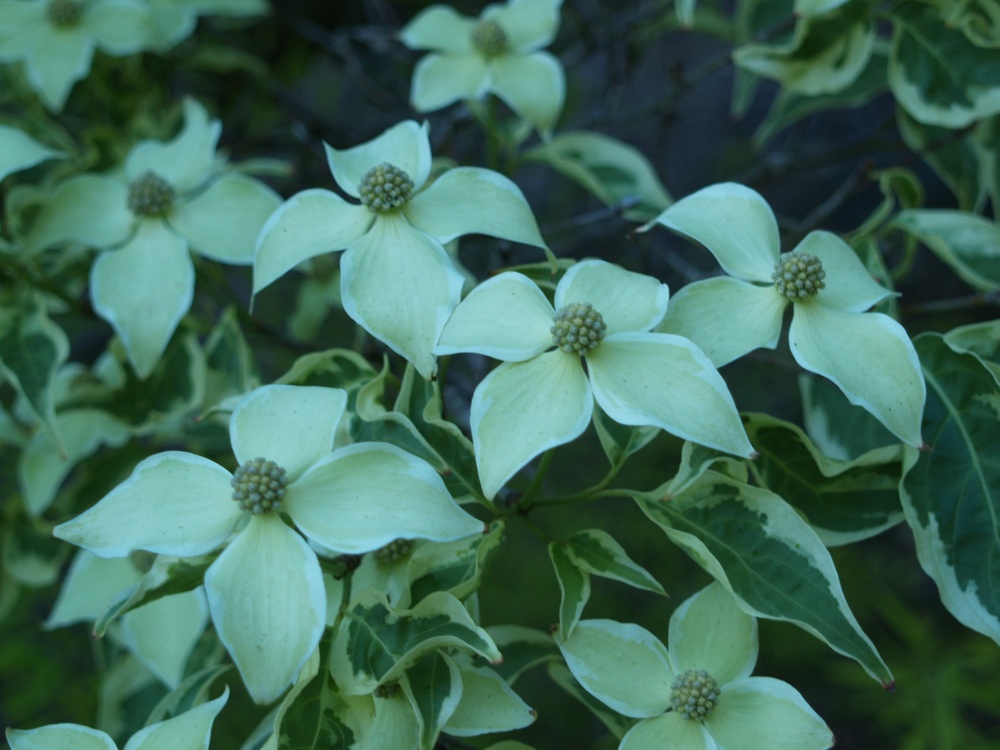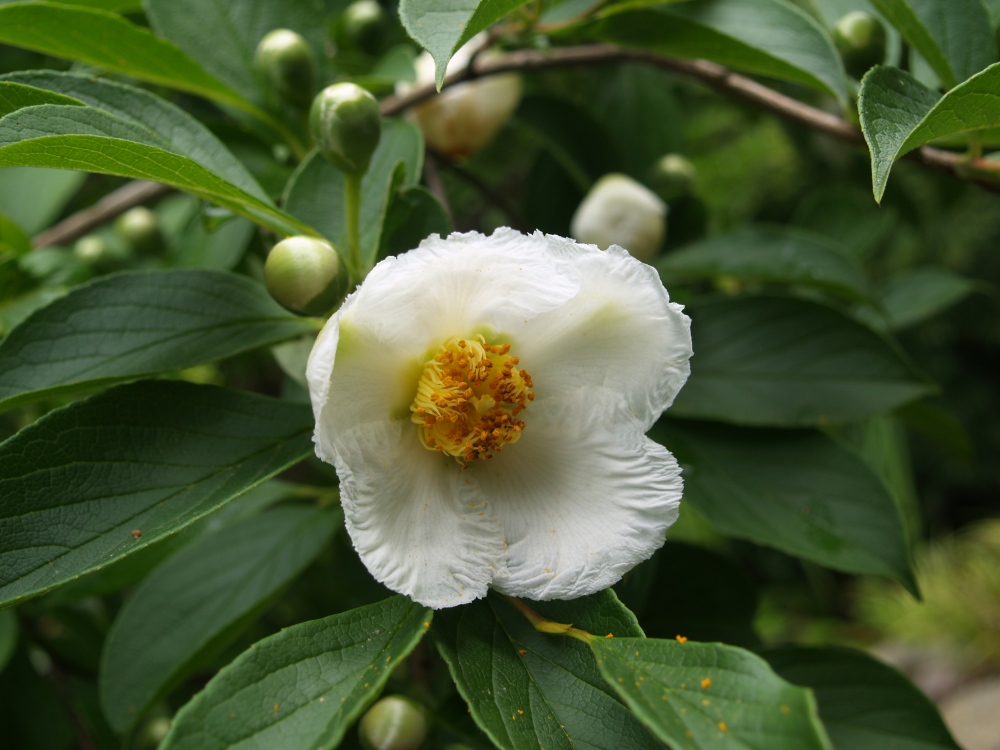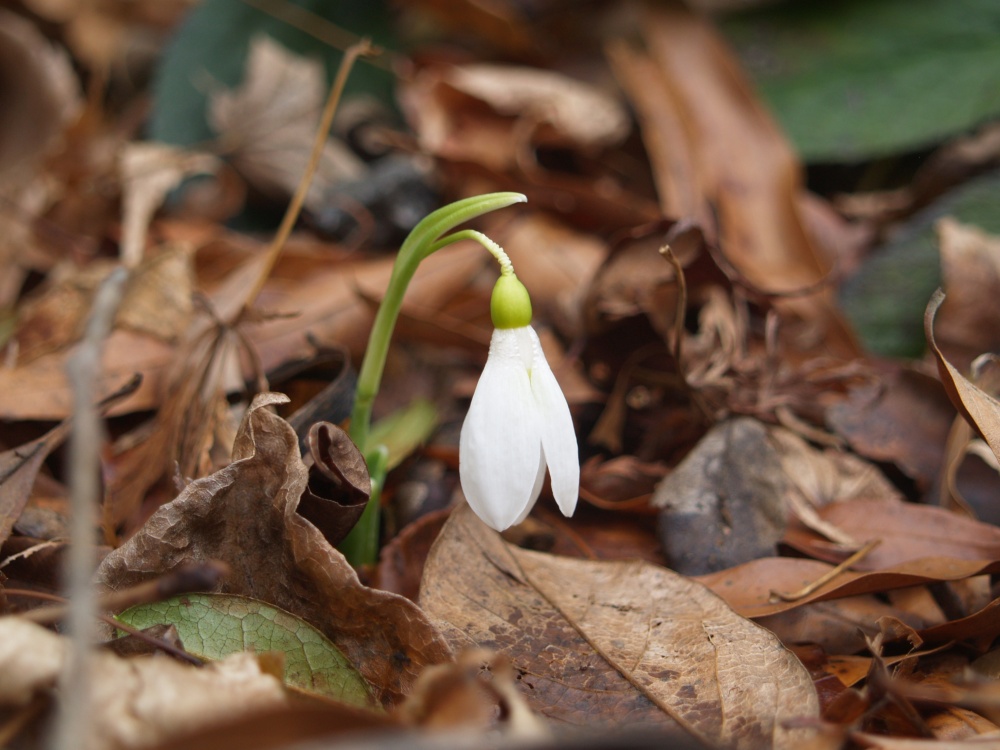There is always something, and often many somethings that the gardener is not quite satisfied with. Rarely is there anything he despises, for he has made do and become convinced that this is not so bad after all. But, if he had his druthers, there are things that could be changed for the better. If, that is, these things did involve labor, or money. Since inevitably they do, most things will remain as is, but doubts and minor dissatisfactions will nag at the gardener.

Where to start? Of course, there is a temptation in autumn to consider everything that is wrong with the garden, while in spring, surrounded by blooms, the gardener is hopelessly distracted. First, in autumn there are no leaves. They’re on the ground, and besides the nuisance that they must be raked and shredded, they would look much better remaining in the trees. Perhaps, the gardener thinks, there should be more evergreens so the garden is not quite so naked through the winter months.

But, let us think this through, and this is the advantage of writing rather than running about with a chainsaw chopping anything within reach that is less than pleasing on a chilly November afternoon. There are cypresses and cedars scattered through the garden, and several substantial cryptomerias at the garden’s rear corner. There are a handful of globose blue spruces that are not quite the dwarfs that many landscape designers consider them, and come to think of it, there are probably one or two too many. The last one planted by the pond, I could have done without, and the one that is growing to block a sizable portion of the upper stone patio, well, my wife has certainly brought this to my attention a time or two.

There are a dozen or so large, dark leafed hollies, most now studded with clusters of red berries. A few are native American hollies that grew as seedlings, and others are a collection of common hollies and ones that were considered for introduction by the breeder, then discarded as too similar to another, and why bother? The girth of a mature holly consumes much more space than the gardener expects when it is planted twenty years earlier, and if another is to be planted, which Japanese maples must go? Which katsura, or stewartia? Parrotia?

Of course, I could not be without these, and even if I should consider replacing the tree lilac that has been in decline in recent years, would I plant an evergreen in its place? To block the view to the rear garden? Certainly not. And so, this is the process of creation and second guessing that occupies the gardener through the winter months, breaking only for the few spells of warm days when he ventures out to pull any of the substantial crop of winter weeds.

The first snowdrop has appeared already, though this is an anomaly, I suspect, and others are another month away. The flowers of the hybrid camellias have browned after recent freezes, but with milder temperatures there will be more blooms over the next month. The mahonias are flowering, undisturbed by freezes, and soon the native and Vernal witch hazels will flower. Their scent is marvelous.

And so, as much as I bemoan the coming of winter and the general disrepair of the garden, these flowers make life tolerable. Perhaps there is not much reason at all for dissatisfaction. This can wait until summer.
This winter seems slow in arriving and I think you’re getting restless!
Nice to have a snowdrop already. If it’s from a newer planting there’s a good chance it is a reliable autumn bloomer mixed in with the regulars.
There are no signs of other snowdrops in this area, so I expect a variety or two to begin flowering sometime in the next month, with most flowering in February.